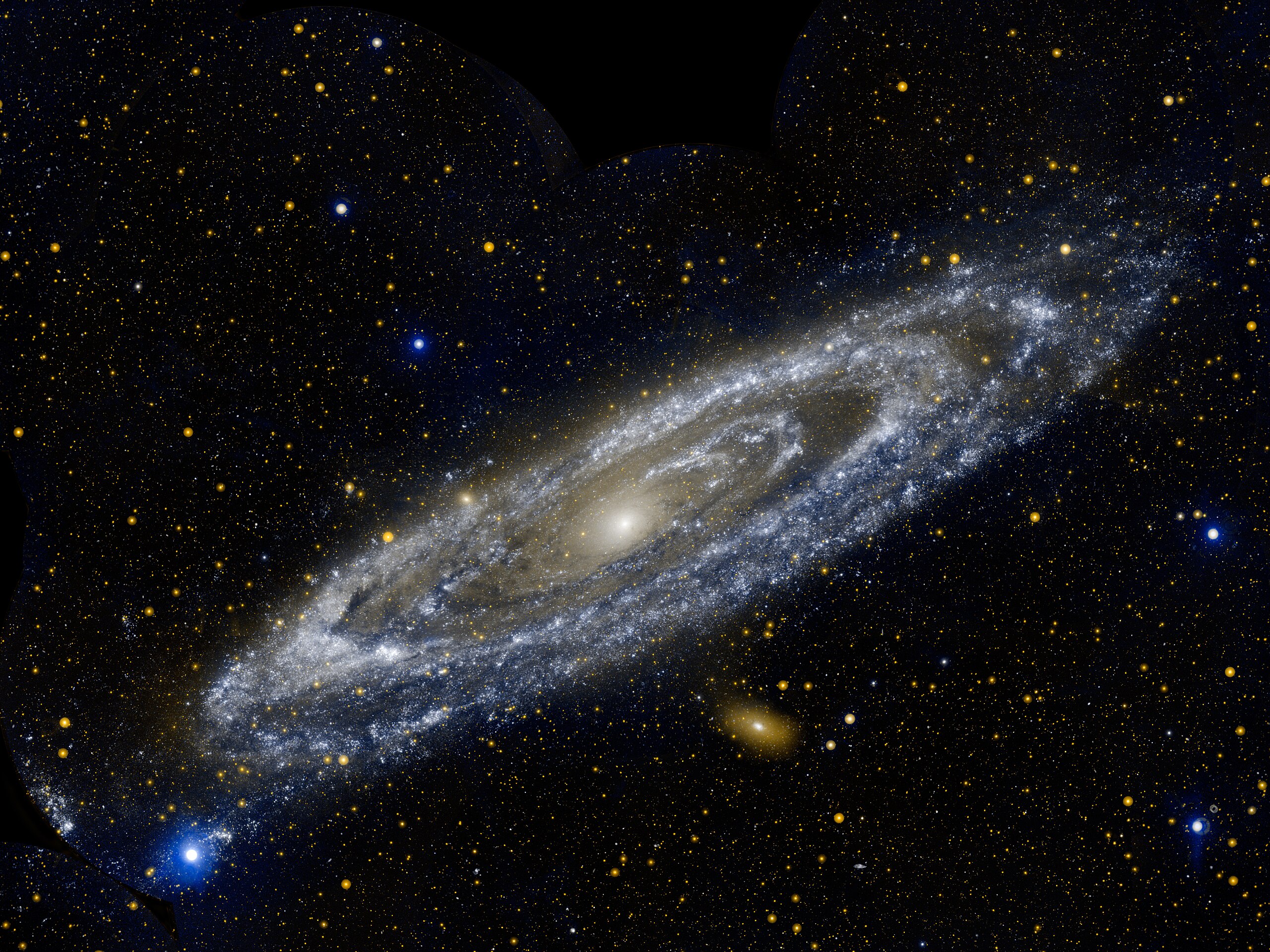OCTOBER 6, 2024 – Maybe it’s an “age thing” or perhaps its my surroundings or both; in any case, today I found myself in orbit around my own little world, as it were, and the view triggered myriad emotional and cognitive responses in a combination I had not experienced before. Physically speaking, I was well grounded—so to speak. I spent more hours in the tree garden—often with my knees sunk into the dirt—pruning the lower tiers of yet more white pine saplings; cutting away brambles to rescue “volunteer” oaks and pine; building steps on a steep incline along one of my trails; installing protective fencing around flourishing hemlocks (“deer candy” in the winter); walking down the drive at each end of our woods; hauling a fine supply of seasoned oak firewood I’d cut last summer; at every turn, admiring the magnificent trees, those emergent along with those towering royally high above the rest of the canopy; and at day’s end, watching the bright sunlight of the golden hour transmogrify into the blue glow of dusk.
Speaking of our life-giving orb, what weighed on my mind all day was my morning reading from Astrophysics for People in a Hurry, a gem of a book by Neil de Grasse Tyson, the popular astrophysicist who is director of the Hayden Planetarium at the American Museum of Natural History. The book was a treasured gift from treasured friend. The title is a touch ironic in my case, since I’m not a person in a hurry, and when it comes to understanding astrophysics, I can’t be in a hurry without missing or misapprehending the cardinal rules that govern the universe.
On a planet of uncertainty and replete with unanswerable questions, I find accord and satisfaction knowing two basic principles of physics: universality and constant application. The laws of physics hold true not only here on earth but throughout the cosmos, and they operate with constant effect, both here and everywhere else.
Contrast physics with religion, a manifestly human construct, and therefore as imperfect as we are. I reached this unified assessment of religion while reading The Age of Faith, Volume 4 of Will and Ariel Durant’s 11-volume history of civilization. In what turned into some very heavy sledding, I plowed through a history of the knock-down, drag-out schisms in the early centuries of Christianity. My adverse reaction was aggravated by another book, The Icon and the Axe by James Billington, a dense history of schisms within the Russian Orthodox Church. Reading (again) about the Reformation (old college books) led to further skepticism that religion—or at least the Christian flavor—could provide any reliable “answers” to the ultimate questions about our existence and place in the cosmos.
That’s when I switched “religions,” as it were, to astrophysics. In “joining” astrophysics, however, I didn’t exactly learn or even attempt to learn much beyond what I could pick up from NDT’s book and a few entry level YouTube videos. I was irreversibly captivated by the idea that the “rules” are the same whether I’m on earth, Jupiter, closing in on the Andromeda Galaxy (the closest major galaxy to our Milky Way, yet 2.57 million light years distant) or on the fringes of the known universe. How can anything devised by humanity clutch truth so pure and universal that it is incontrovertible in all of time and space?
With all the uncertainty in our lives, including where the truth lies (pun intended), does the universality of the laws of physics not provide us with an essential spiritual intellectual emotional and psychological anchor? Here at last is something that binds us indivisibly, not only to one another but to everything in the universe. Nothing else, not religious faith in its multifarious configurations; not the common threat of a deadly virus; not the quadrennial Olympiad; certainly not political beliefs, social mores, cultural standards or even a popular cuisine can unify us the way the laws of physics can. Perhaps if we added a new holiday to celebrate Astrophysics and on that day—I vote for a Monday in August, since currently that month harbors no federal holidays—we put aside our dogmas and doctrines, our beliefs and opinions, our grievances and vengeance, our fears and regrets, our grief and remorse and give tribute to the universal truth of the laws of physics, we’d begin the long walk toward national reconciliation and perhaps more basic, toward self-acceptance.
I’d advise against naming it “Astrophysics Day,” however. I can’t see that working on TikTok or Instagram, though to be sure, I’ve never “gone on” TikTok, and though I think I have an Instagram account, I have no idea how to access it. Better to call it simply “Cosmos Unity Day,” to pique curiosity. Then when the “following” reaches “100K,” phase two of the launch would trigger a social media campaign to inform people of the most basic principles that connect all time, space and matter in the universe: a few equivalents of the distillations of religious beliefs, such as “God is Love” and “God is Great”; familiar phrases could be modified for Cosmos Unity Day banners—exempli gratia: “Heaven is (Mostly) Hydrogen and Helium” and “The Big Bang was Bigger than Taylor Swift.” But one highly familiar religious directive—so familiar it has assumed secular popularity—is exactly the same in the context of astrophysics: “Let there be light!”
Maybe that’s the phrase for the new “forever” stamp promoting Cosmos Unity Day—except, wait a [the time it takes light to travel 186,000 miles]. Cosmos Unity Day is all about celebrating the unifying effect of the laws of physics, but based on firsthand experience in our household, the United States Postal Service is trapped by Newton’s First Law of Motion: An object at rest remains at rest . . .
Subscribe to this blog and receive notifications of new posts by email.
© 2024 by Eric Nilsson
